Chronology
1902
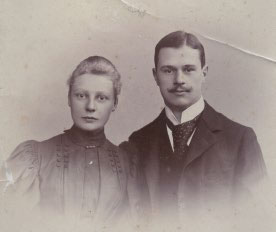
Ernst Saemisch was born in Moers, a city in the Federal State of Nordrhein-Westfalen, Central Germany, on February 25, 1902. His father, Moritz Saemisch (1869-1945), was a direct descendant of the historian Ranke and the philosophers Schelling and Brentano.
The Saemisch family moved to Günterstal, a rural village on the outskirts of the Black Forest, near Freiburg. Ernst enjoyed poetic strolls and games in the forest with his mother, Linda von Nasse, daughter of the governor of the province of Rhineland. This early experience deeply connected him with nature, influencing his future artistic work and his ideas about art.
1910
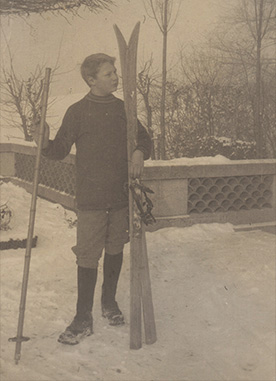
Ernst attended to a public school. Additionally, a painting teacher hired by his mother tried to teach him, but Ernst rejected the lessons, believing they were “deceitful recipes to paint trees”. This rejection marked the beginning of his search for the essence of nature.
Saemisch also developed a strong interest for science, influenced by meetings at his home with prominent scientists from the time, as Haber, Nernst y Heisenberg, close friends of his father.
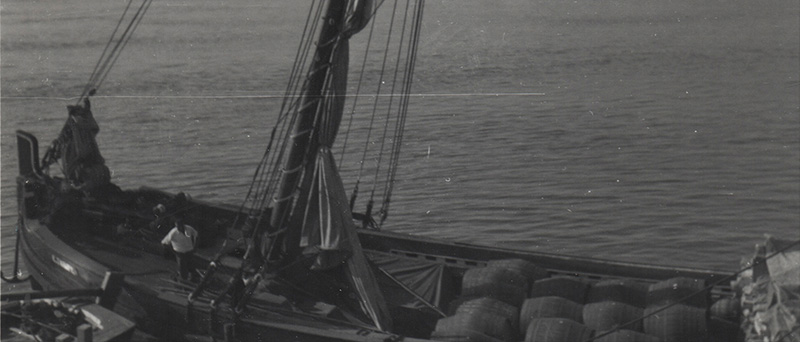
1914
The First World War disrupted the family’s peaceful life. Ernst accompanied his father to field hospitals to distribute medicines to the wounded. This experience confronted him with harsh realities and reinforced his conviction about the connection between artistic creation and life.
1916-1917
In May, Moritz moved to Berlin to work as General Secretary of the State Treasury.
Tragically, on Christmas Eve 1917, Linda passed away. Ernst was taken in by the philosopher Jonas Cohn, his neighbor and family friend, with the goal of completing his basic education.
1918
Ernst went to Switzerland, a neutral country, to study at the Lyceum Alpinum. There he found a new home in the astonishing Alpine landscape. During that time, he immersed himself in literature and visited museums, where he discovered the artistic avant-garde.
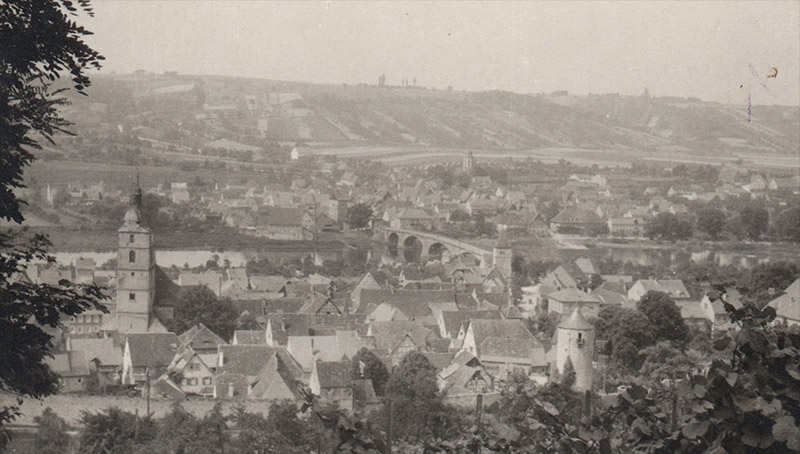
1919
Upon returning to Germany, he found a country devastated by the war. He decided to become a painter and started writing to support himself. His first wood engraving, Train station, reflected the chaos of the time.
1920
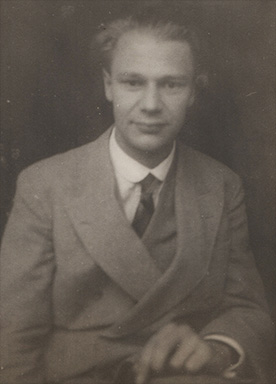
He enrolled at the Kassel State Art Academy, he was introduced to oriental art through a Chinese classmate. This influence would be significant through all his work.
“…Thanks to him I discovered ink painting, so spiritual, sometimes of a subtly lyrical… I learned to recognize the marvelous sensibility of the line that commands the strength of emptiness.”
A few months later, he was expelled from the Academy after publishing harsh criticism to its conservatism.
1921-1923
He found in the Bauhaus the best option for his artistic search and enrolled in Johannes Itten’s preparatory course. He studied under teachers such as Klee, Feininger and Gropius exploring both figuration and abstraction.
That same year, he left the Bauhaus and he enlisted as a cabin boy on one of the last sailing merchant ships. During the two-years journey, he painted in the ports, “it was a marvelous and unique time, when I started to grow as a painter.”
1924
Back in Germany, he faced economic hardship. He worked as a journalist and writer, publishing in magazines and newspapers like Königsberger Hartungsche Zeitung, Vossishe Zeitung, Berliner Börsenzeitung and Der deutsche Volkswirt.
He exhibits his paintings in Berlin, and it was there that he discovered the work of early Italian Renaissance.
1925
As a journalist he traveled to, the Baltic and the North Sea, contributing to newspapers and magazines focused on politics and economics. He married Hanna, and although they later separated, they maintained a friendly relationship.
1926-1928
He designed stage sets for the UFA film company and participated in collective exhibitions at galleries such as galleries like the Buchholz.
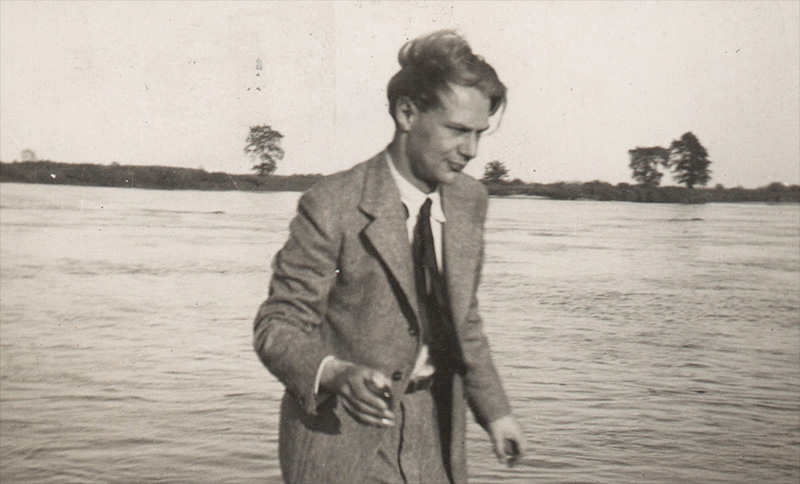
1929-1933
Amidst the country’s severe economic crisis, he secured a position as a foreign correspondent at the Wolff Press Agency. He was soon promoted to director of the foreign section, a position he held for several years. This allowed him to travel extensively across Europe, Scandinavia, Lapland and the north of Africa, where he spent time with the Tuareg people, an experience that proved life-changing.
During his travels, he created hundreds of drawings, capturing landscapes and the everyday lives of the people he encountered.
1933-1941
The Wolff Telegraphisches Bureau was merged into the Ministry of Propaganda. His work as a foreign correspondent initially afforded him some freedom under the totalitarian regime, but this gradually diminished. His position at the agency became increasingly precarious.
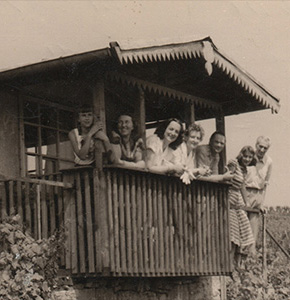
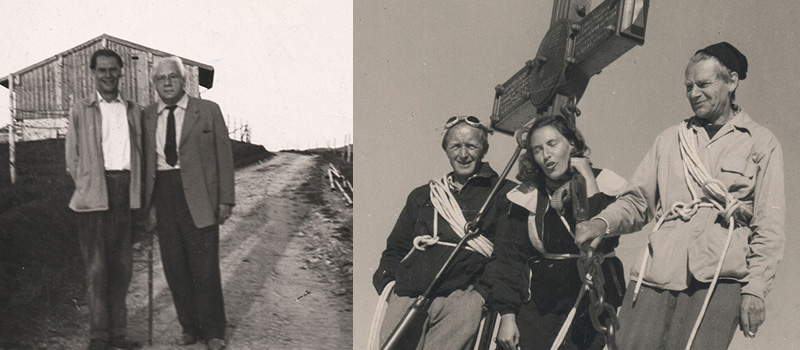
1942-1945
He went to Finland, where he collaborated with marshal Mannerheim. While there, he developed a deep appreciation for the Finnish people, whom he always held in high regard.
Later, he returned to Berlin and, at the end of the war, settled in Günterstal, where he focused on painting despite the economic hardship and hunger.
From time to time, he participated in exhibitions at the Freiburg Kunstverein.
Moritz Saemisch dies.
The French army occupied southern Germany, placing Freiburgand the Black Forest are under its jurisdiction.
1946
He accepted an offer from the French authorities and the government of Baden to teach history at Freiburg graduate schools.
1947-1954
Invited by the French occupation authorities, he traveled on artistic journeys around France. His work matured significantly, integrating natural rhythms and exploring new forms of expression.
He began a relationship with theater actress Ruth Bauer. He exhibited his work in Freiburg, Zurich, Munich and other cities.
1955-1957
He moved to Sommerhausen, a village on the banks of the Main River, where he experienced a period of great productivity and artistic maturity. He delved deeper into abstraction inspired by nature, “I feel the drive to reach the inner order of things…” This concept was reinforced by his frequent visits to the Austrian Alps.
He collaborated with the famous theater group Theater im Torturm, directed by Luigi Malipiero.
1958-1960
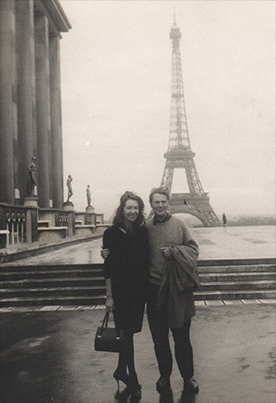
At the end of 1957 Ernst and Ruth moved to Munich, the Bavarian capital, where he exhibited at the Günther Franke Gallery. He connected with the Friends of Modern Art Society, directed by Franz Roh, a renowned historian and art critic, who described Saemisch’s work in his a book German Painting in the 20th Century.
Besides his artistic work, Ernst wrote essays on Andrea Mantegna and Georges Weidlé’s The Immortality of the Muses. He was invited to publish in magazines and newspapers as Merkur, Neue Deutsche Hefte, Zeitwende, Die Furche, Süddeutsche Zeitung, and to participate in Bavarian radio broadcasts.
He specialized in Russian and Soviet literature and culture; he deepened his old friendship with Fedor Stepun, a renowned Russian philosopher.
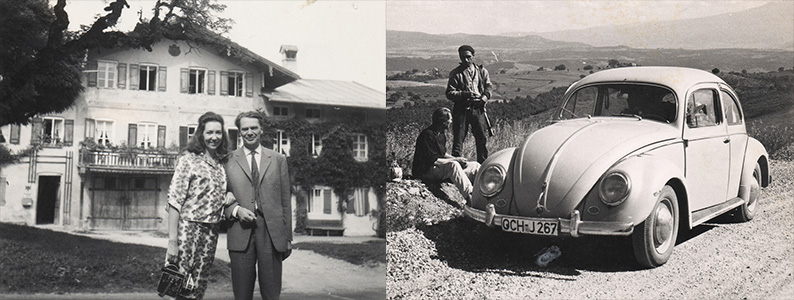
1961-1963
He co-founded and directed the Uraufführungsbühne theater, focusing on staging previously unperformed plays. The theater opened with a play by Martin Buber.
At the reopening of the Kammerspiele theater in Munich, he met Gertrudis Zenzes Eisenbach, a Mexican student of German language, philosophy and art. They married in 1963.
1964
He emigrated to Mexico with Gertrudis pursuing his long-held dream of immersing himself in pre-Hispanic culture. “The extraordinary spirituality of pre-Columbian art fascinated me, transforming both myself and my painting”.
Ernst and Gertrudis alternated between living in Mexico City and the village of Valle de Bravo. Confronted with a new culture, different light, and unfamiliar landscapes, Ernst embarked on a new path in his art production.
1965-1972
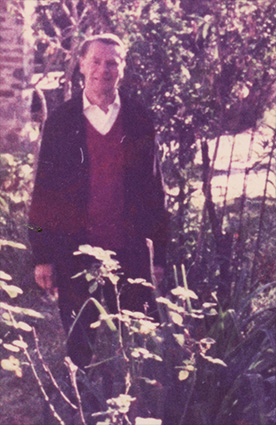
Ernst deepened his knowledge about Mexico, exploring both its pre-Hispanic and contemporary cultures. He visits places like Oaxaca, Veracruz and the central highlands, where he was deeply moved by indigenous life, their surroundings and their culture, as well as the overwhelming presence of the landscape. “I’m being inundated, dominated by a torrent of experiences… Here, life is more in movement, is richer, more intense.” “Being able to see the contrasts clearly and find myself inside those contrasts, I owe it to the natural life and to the warmth of the modest Mexican people”.
Reflecting on his artistic development, he acknowledged the impact of Mexican painters: “I feel the influences that flow from Mexico, my admiration and inclination to Orozco and Tamayo.” He formed close friendship with Gerzso and Goeritz, both of whom spoke German.
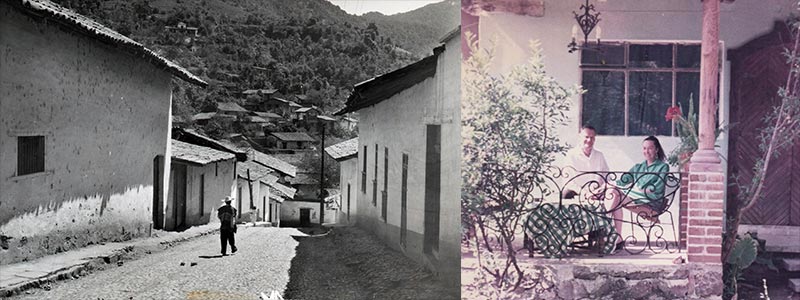
During his journeys through Tierra Caliente, he had a powerful encounter with a snake—an experience both real and symbolic. This moment inspired an extensive watercolor series titled The man and the snake, a theme that he pursued almost obsessively: “To always get close to primitive phenomena. The encounter with the snake was the realization of that desire”. Over several years, he created more than 200 works, ranging from sketches to fully developed paintings, depicting a stylized human face alongside a serpent. His fascination was deeply tied to his appreciation of pre-Hispanic art: “The art of the ancient Mexico moved me with its profound spiritualization of human existence and its cosmic integration”.
In 1971, his son Canek was born. Ernst loved him dearly, and the choice of a Mayan name reflected his deep admiration for indigenous culture.
1973
Arvil gallery offered him the opportunity to hold a retrospective exhibition of his paintings.
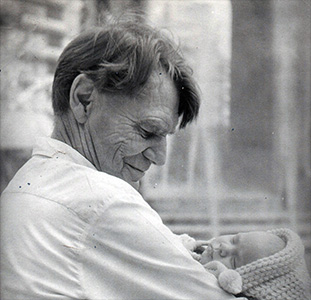
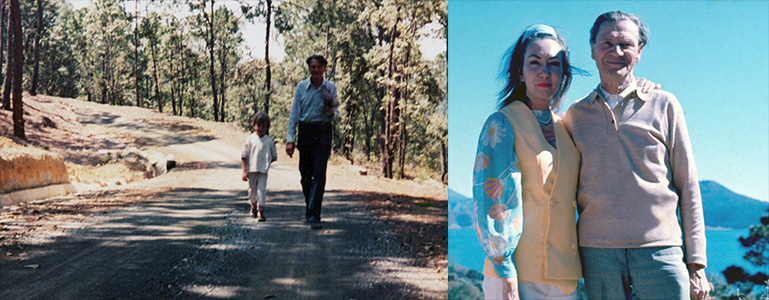
1974-1980
He led a reclusive life, dedicating himself to reflection, painting and the study of pre-Hispanic art, as well as political, cultural, scientific and social events worldwide. In 1979, Casa del Lago hosted an exhibition of his work at the invitation of Cecilio Baltazar.
In 1980, at the request of the painter Rodolfo Zanabria, he participated in a group exhibition at Escuela Nacional de Estudios Profesionales Acatlán, alongside Daniel Manrique, Zaul Peña and Rodolfo Zanabria, as well as other visual artists.
1981
Patricia Sloane and Sandra Racotta took an interest in his works and organized a retrospective exhibition at their gallery. The texts were written by Juan José Gurrola and David Huerta.
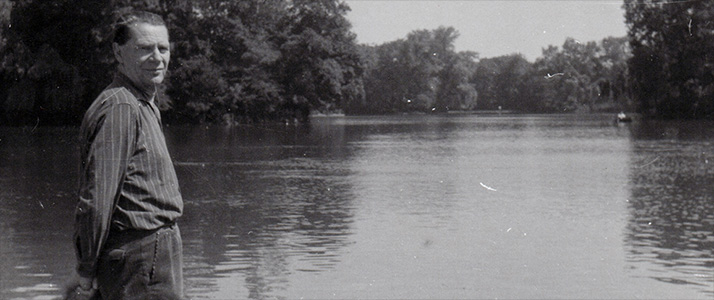
1984
His life took a new turn when the painter Alfredo León Gil invited him to teach a painting workshop at Casa de Cultura Enrique Ramírez y Ramírez in Tepito. Enthusiastic about the opportunity, Ernst committed himself to inspiring his students, instilling in them confidence in the freedom to create. In May of that year, his students organized the exhibition Encuentros/Ernst Saemisch in the same venue. For him, this exhibition represented “to get out of the narrow elitist art circle and perhaps the beginning of another phase in my long life”.
In the final months of his life. With great affection and sincere excitement, he gathered his strength week after week to travel all the way to Tepito. He said: “Working as an old man among these young people is a great gift of life, for which I am very grateful…”
He began a new cosmic exploration with the series Cosmos series, but his work was interrupted by his passing on December 17.